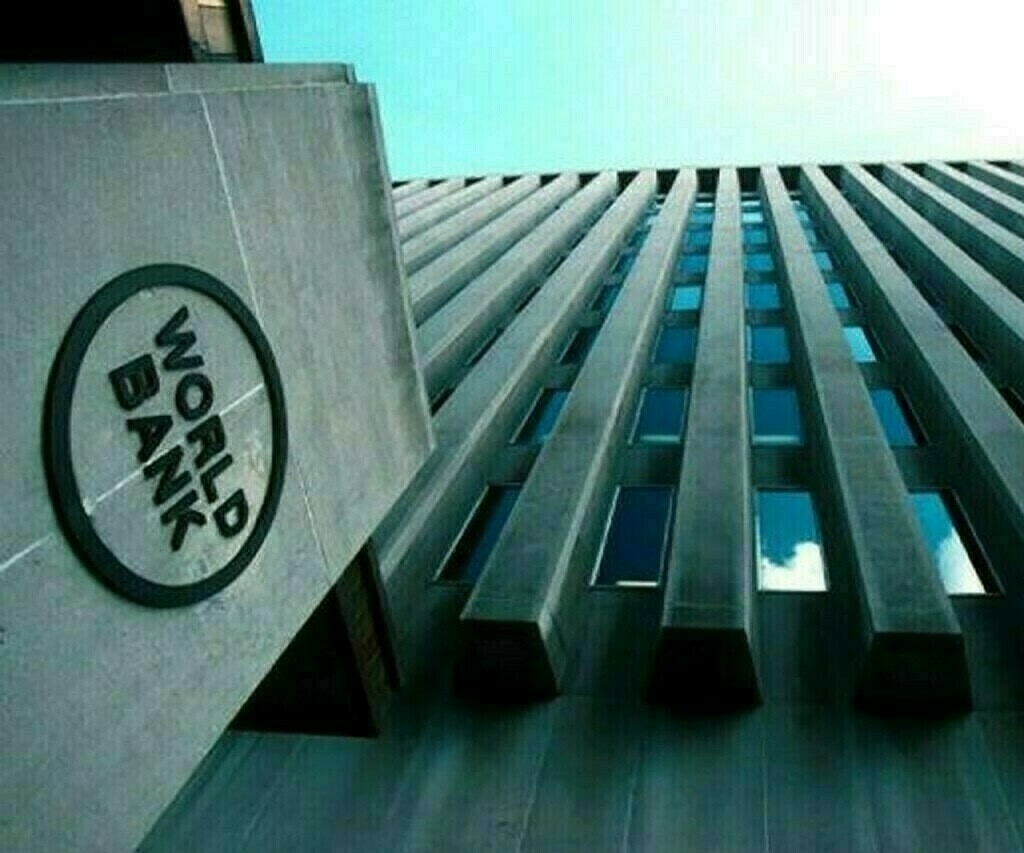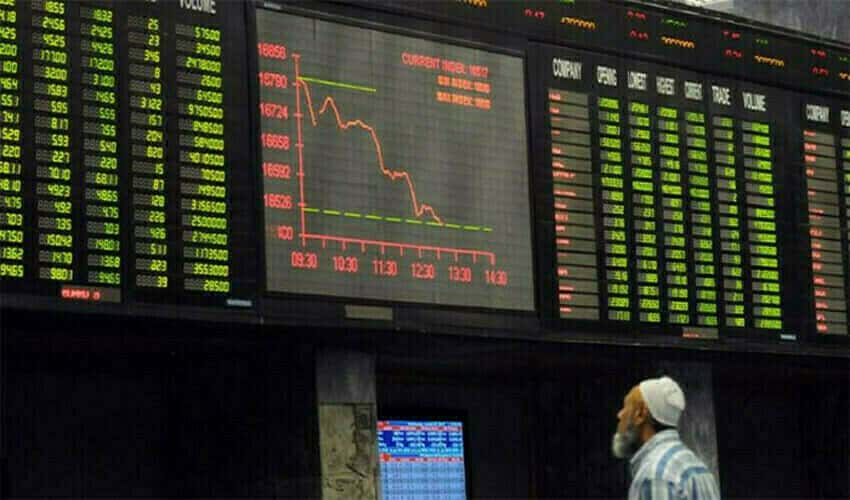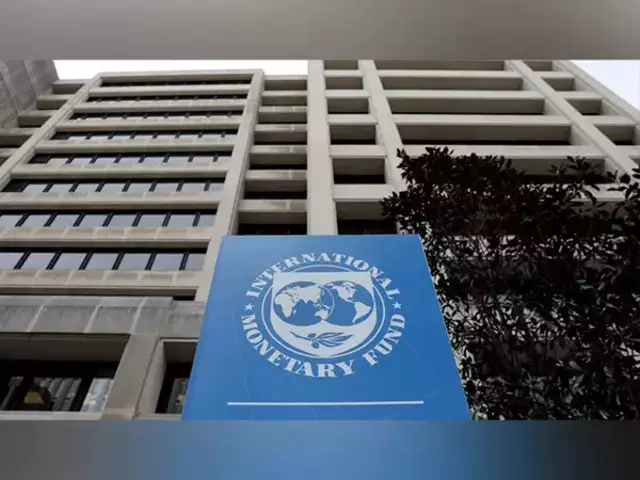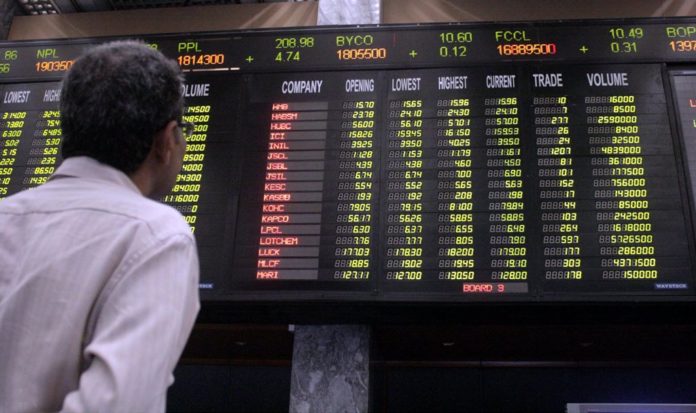PTBP Web Desk
According to the latest Country Partnership Framework document from the World Bank, Pakistan’s current economic model, characterized by high public consumption, substantial debt, and low productivity, is rapidly becoming unsustainable. The document underscores the urgent need for Pakistan to pivot towards strategies that enhance investment, productivity, and human capital accumulation to secure long-term economic growth potential.
The World Bank projects that Pakistan’s real GDP growth will hover below its potential, averaging around three percent over the fiscal years 2025-26. This subdued growth comes alongside significant gross financing needs, estimated at around 28 percent of GDP, making the country highly susceptible to adverse shocks such as natural disasters, global price fluctuations, and macroeconomic policy deteriorations.
After years of decline, poverty in Pakistan is on the rise again due to a series of economic shocks. From 2001 to 2018, real household consumption increased by 60 percent, significantly reducing poverty from 64.3 percent to 21.9 percent. However, the onset of the Covid-19 pandemic, coupled with the devastating floods in 2022, reversed this trend. These events, alongside rising commodity prices and currency devaluation, have led to an inflation rate of 29.2 percent in 2022-23, pushing an estimated 2.4 million more people into poverty since 2022.
Food insecurity has escalated, particularly in rural areas of Khyber Pakhtunkhwa (KP), Sindh, and Balochistan, affecting nearly one-third of the population. The increase in school dropouts in the poorest districts further exacerbates the cycle of poverty.
Despite a relatively stable monetary inequality with a Gini coefficient of 31.1 in 2024, unreported top incomes suggest much higher actual inequality. Spatial and gender disparities remain pronounced. Pakistan ranks 142 out of 146 countries in the World Economic Forum’s 2023 Gender Gap Report, with female labor force participation at a dismal 25 percent.
The World Bank criticizes the current growth model for its dependency on consumption, which does not promote sustainable economic development. The report notes that Pakistan’s economic growth has been hindered by policies that favor only a small segment of society, thus opposing reforms that could lead to equitable growth and increased public spending on human capital.
Human Capital Deficits: Pakistan scores a mere 41 on the Human Capital Index, far below the expected level for its income group, highlighting severe challenges in health, education, and workforce skills.
Fiscal Framework: The country’s structural fiscal deficit, driven by regressive expenditures and inadequate revenue collection, leads to high debt levels. This situation crowds out private investment and skews public investment away from essential services towards debt servicing.
Taxation Issues: With a tax-to-GDP ratio of only 11 percent, far below the recommended 15 percent for effective public investment, Pakistan needs to broaden its tax base and simplify its tax regime to foster formalization and compliance.
To break from the current trajectory, the World Bank recommends:
• Fiscal Reforms: Redirecting expenditures from regressive subsidies to investments in education, health, and infrastructure.
• Enhancing Productivity: Reducing the state’s commercial footprint by privatizing inefficient state-owned enterprises (SOEs) and reducing trade protections to foster a competitive, export-oriented economy.
• Human Capital Investment: Substantial investments in education and health to improve human development outcomes, crucial for sustainable growth.
The government has initiated a reform program focusing on these areas, with early successes potentially setting a positive feedback loop of credibility and reform momentum.




